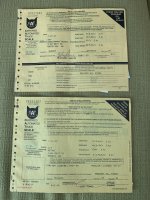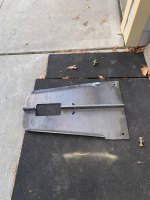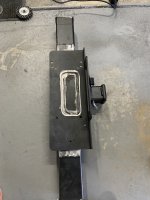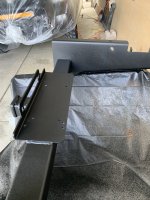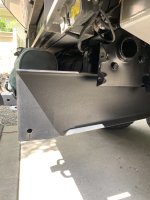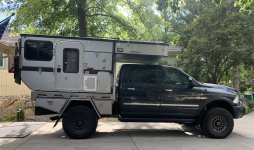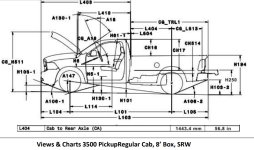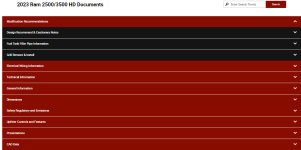MilesBFree
Member
View attachment 793024
I don't know if it is in your calculations, but if you are installing a flatbed, figure around 400-500 pounds removed for the factory 8' bed.
View attachment 793025
And if you are going to 37s, did you add in the weight increase for the 4 tires and rims?
Good question on the set of 37s.
On my track car, the wheels and tires are unsprung weight and the springs, shocks, and brakes were majorly upgraded so it is not a worry. Plus race tires and wheels are lighter than stock (even though larger in dimension), so it's kind of a non-factor.
For the overland rig build, those are still unsprung weight, so my thinking is that they won't contribute to payload. (I welcome your thoughts on this - I may very well be wrong.) I included the spare since it will definitely be payload and sprung weight.
They will definitely need to be added to GVW for purposes of braking at least.
On a related note, at least some of the upgraded suspension components (e.g., airbags in the rear if i add them) also are not considered sprung weight. Springs are definitely not. Control arms maybe, maybe not. Shocks, sorta?

